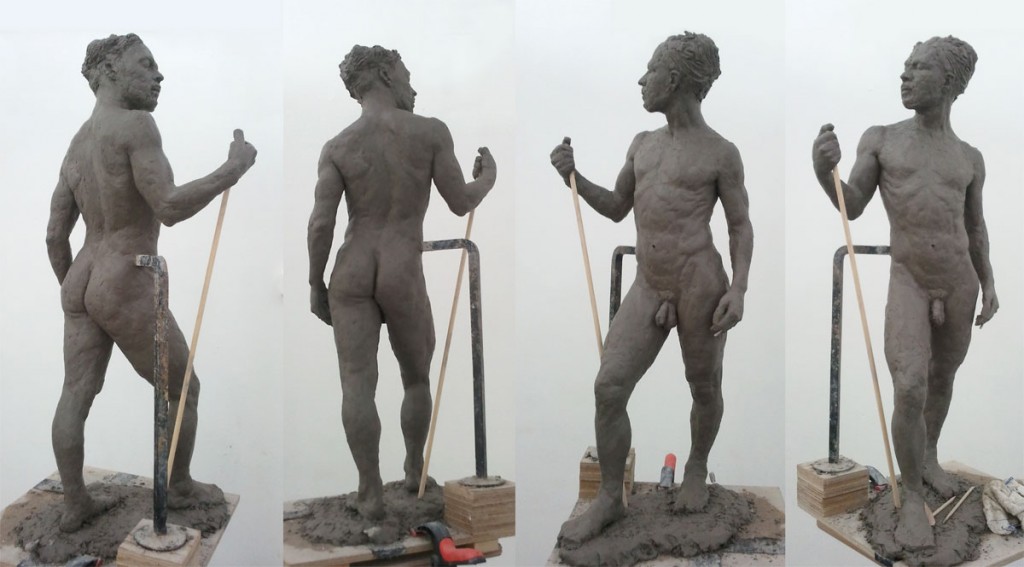Please touch the works of Art.
Okay, so I think it actually said; ‘S’il vous plait pour touchers les ouvres,’ because it was in the Louvre.
Just off the Hall of Italian Sculpture, in the Denon Wing of the Louvre is the tactile chamber: where you are allowed to touch the sculptures. I think it is designed as an area for the benefit of partially sighted people.
I think it’s a great opportunity for everyone:
Everyone wants to touch the sculpture
To be able to do what everyone really wants to do and actually touch the sculpture. I’m not sure where that urge comes from; to connect with a work, to explore it, to feel part of it even.
For me a significant part of looking at sculpture is physical. That may not seems to make sense but the eye and hand are connected at very deep level; touch is crucial to our development of vision as infants. Should it really be so different as artists?
The wailing alarms in the Louvre testify that many people don’t bother to restrain themselves. Yet it is still unusual to be invited to touch a work of art.
At first I touch it quickly, just to check, I touch it and there is no ‘WA WA WA’ wailing of the alarms. I let my fingers rest a little longer; it really is allowed?
After that I begin to explore the work; it’s a 19th century academic piece with every plane carefully articulated within the hierarcy. Each form related to the others and each sub-form within the form and the whole. It seems easier to feel than to see the changes in form, which is a surprise for me but each change I feel has its visual equivalent.
The experience brings a great sense of connection, not just to the work, or its creator but to a broader sense of experience; a sense of the decision in each articulated sub-plane, the cold clamminess of the clay and plink of tools on sun drenched stone. It’s a brief blast of activity before the eternal flow of light claims the piece as its own and it enters into that timeless place that is occupied by works of art.


